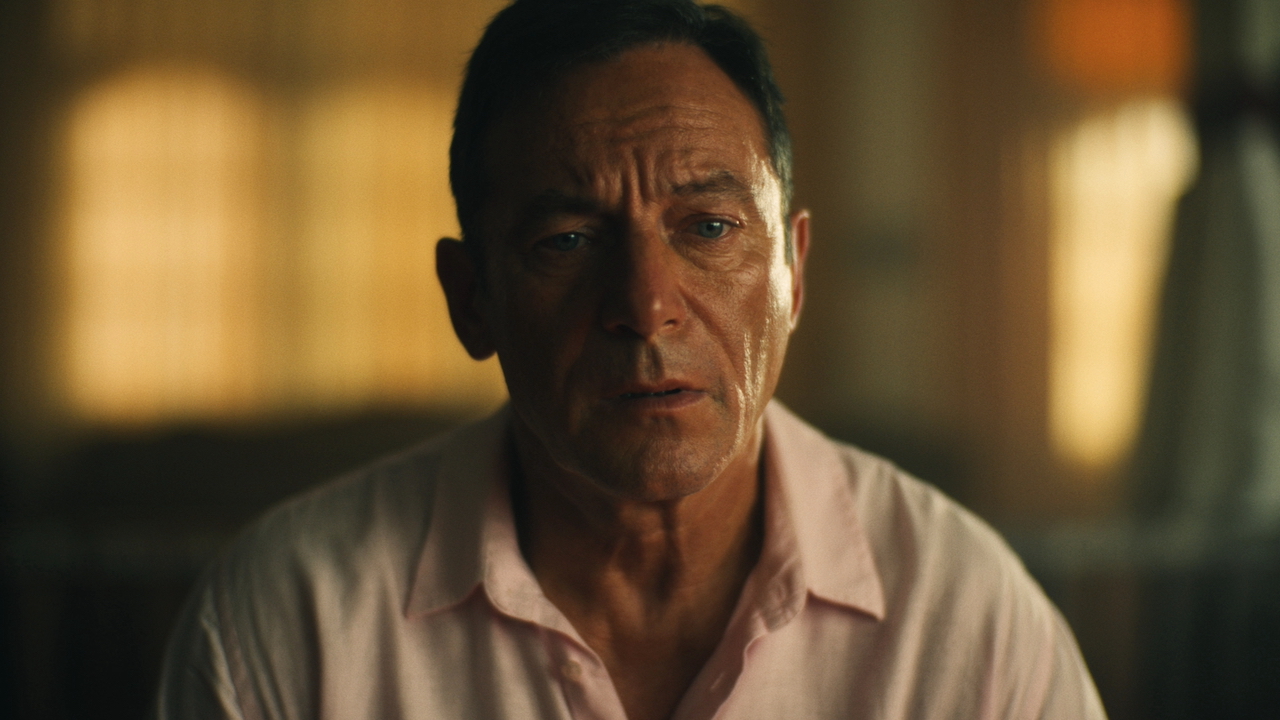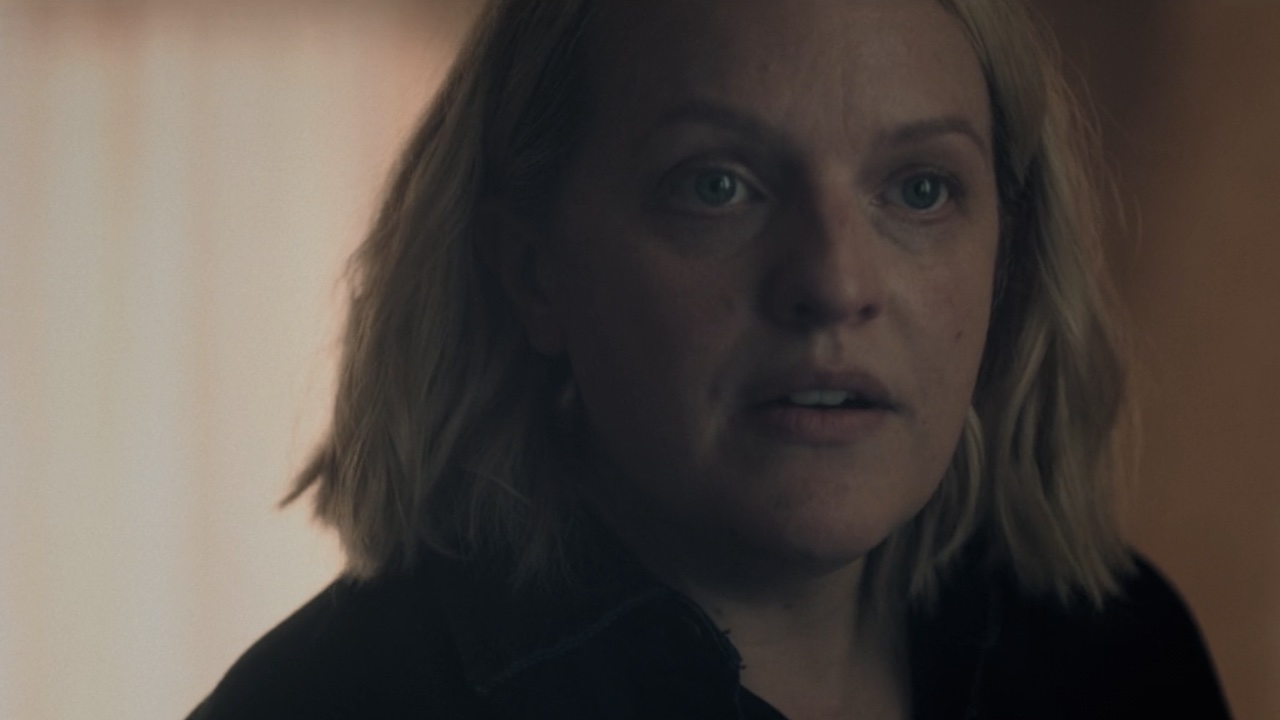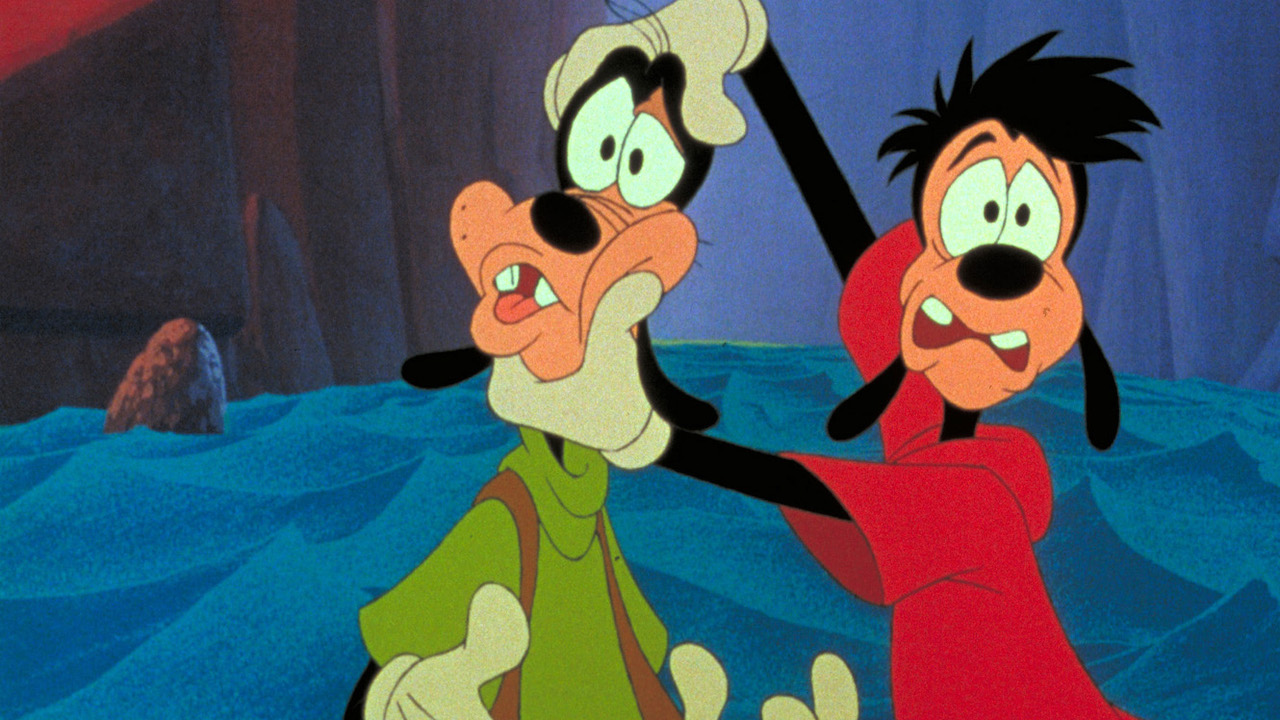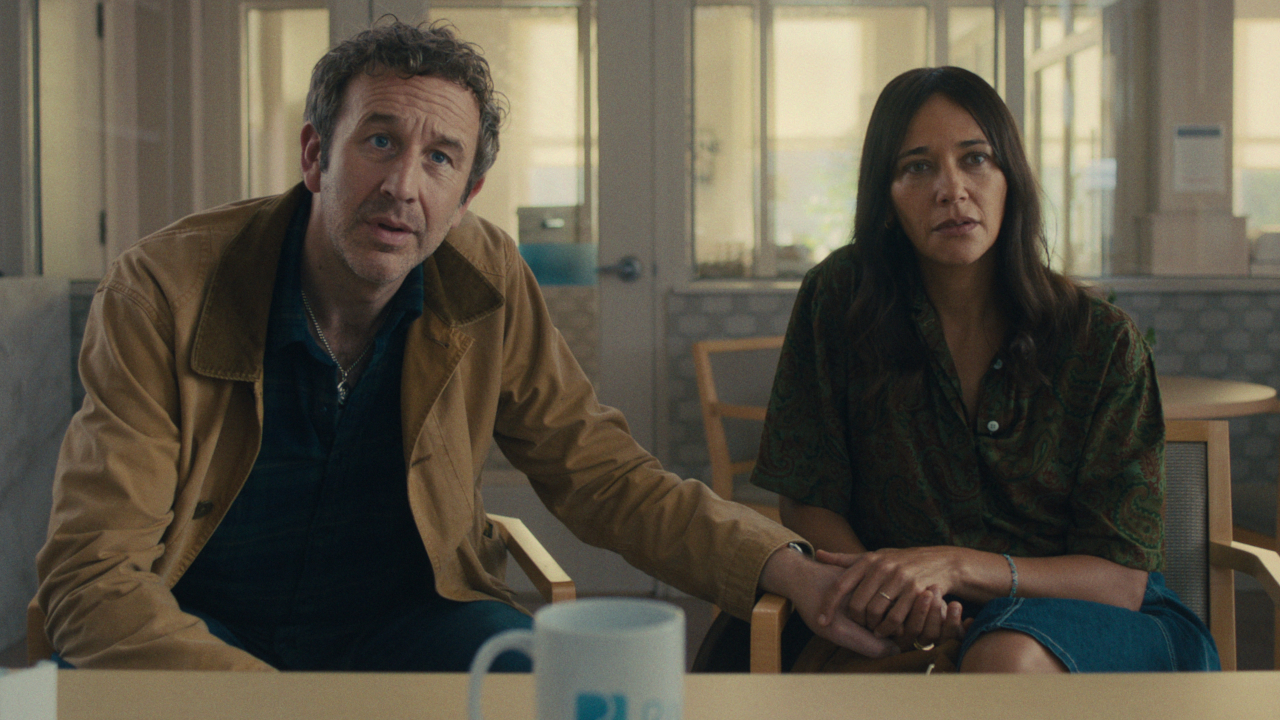The Most Popular TV Show Every Year Since 1970
Stay tuned!

These days, the popularity of a television show is not measured in quite the same way as it used to be. Instead of taking note of the amount of subscribers logging in to stream a certain TV show from the internet, previous decades saw TV network executives take note of how many households were tuning into a program the moment it was actually airing. Now, to be fair, this remains a common practice to this day, but with streaming being the dominate form of home entertainment viewing, it is certainly not main method of determining a series’ success now.
So, we decided to look several decades in the past and find which television programs would prove to be the most popular in every broadcast season from 1970 to the present. In order to do that, we had to use the old school method and look up the average ratings that the most-watched titles from a given period time achieved. You may find that some of the most popular TV shows of the last 50-plus years managed to take home the gold multiple years in a row, as you take this trip down memory lane.
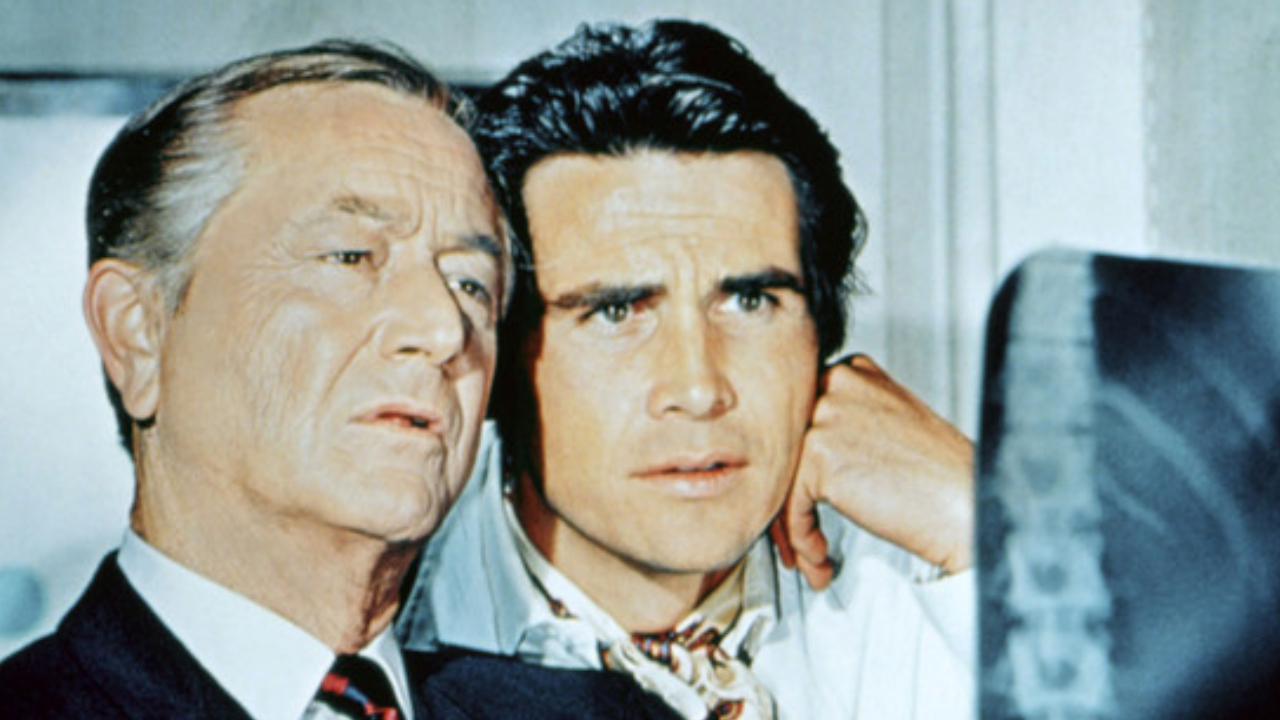
1970-1971: Marcus Welby, M.D.
Robert Young and James Brolin (father of Josh) each earned an Emmy Award as the title character of Marcus Welby, M.D. and his assistant, Steven Kiley, respectively, whom they portrayed for seven years on ABC. The second season of the hit medical drama — which Steven Spielberg once directed an episode of — was its most successful, going as far as topping the ratings charts for that period with an average 29.6 rating.
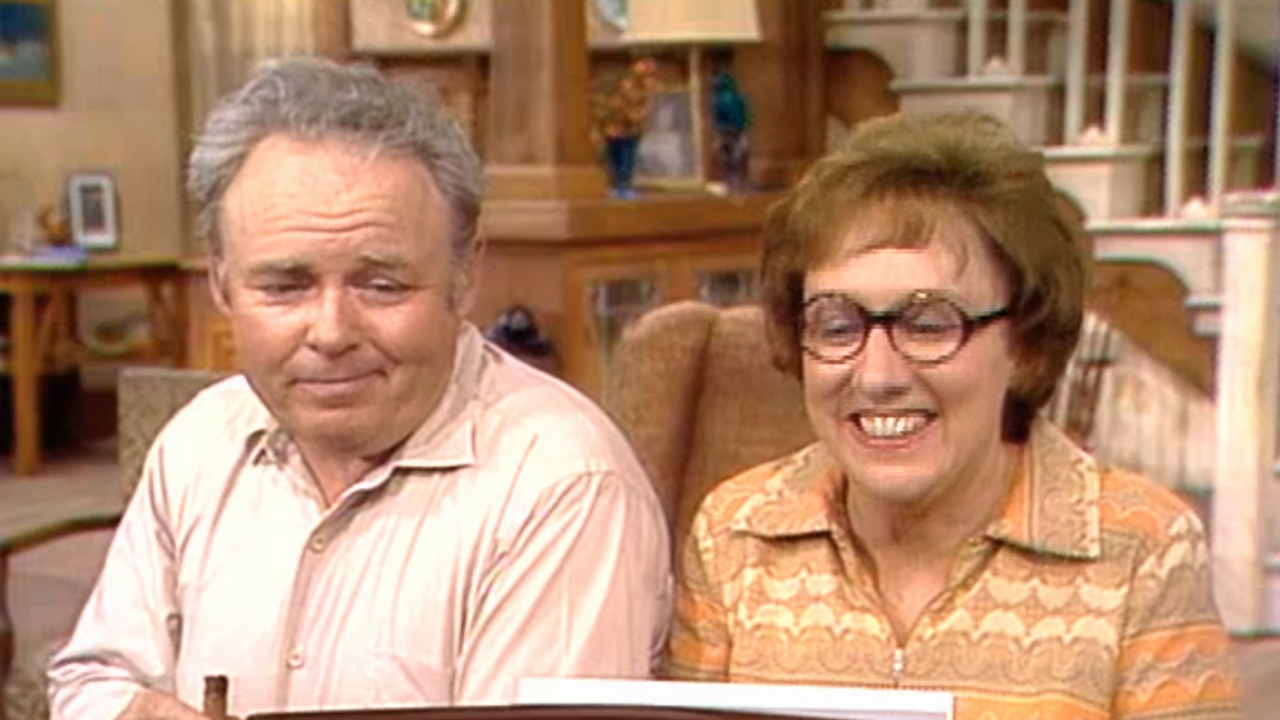
1971-1976: All In The Family
For the first six years of its nine-season, 207-episode run, creator Norman Lear’s seminal — but sometimes offensive — sitcom, All in the Family, was the most-watched show on television. Its average ratings range of 30 to 34 proves that millions of viewers tuned in each week to see what the staunchly conservative Archie Bunker (five-time Emmy winner Carroll O’Connor) and his liberal son-in-law, Mike “Meathead” Stivic (future Oscar-nominated filmmaker Rob Reiner) would be shouting at each other over next.
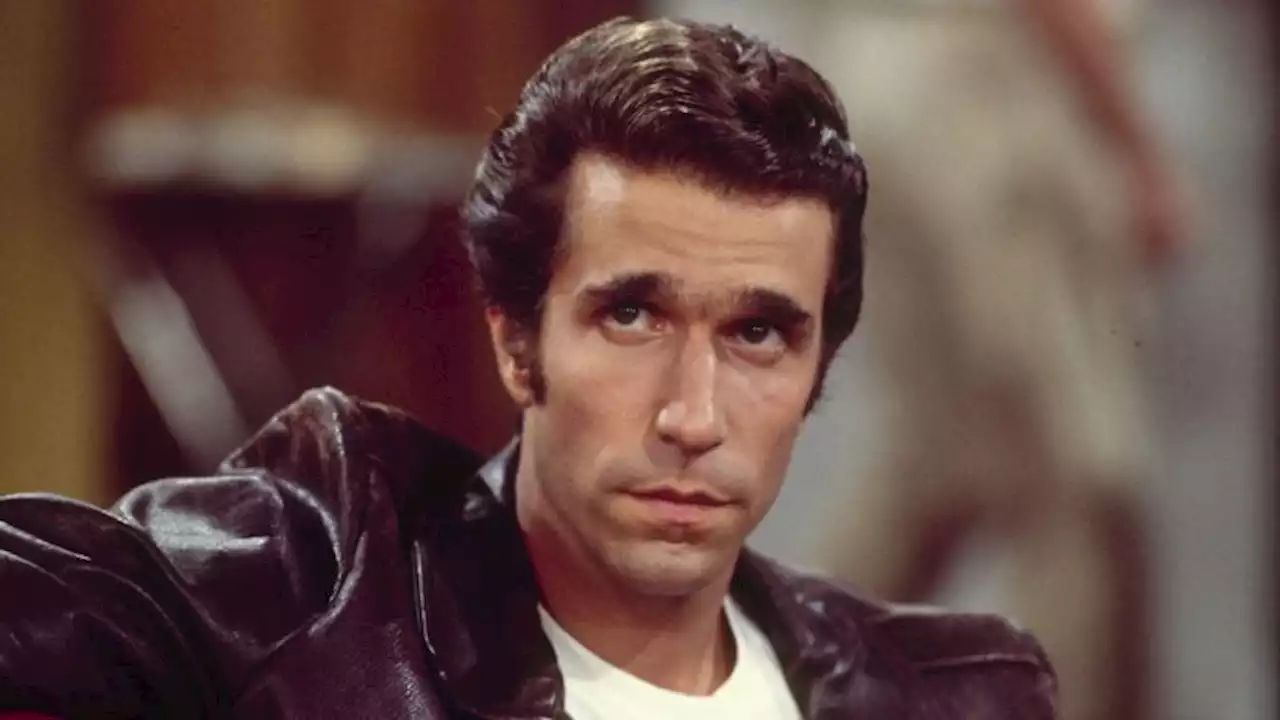
1976-1977: Happy Days
Speaking of sitcom stars who went on to lead phenomenal filmmaker careers, Academy Award winner Ron Howard — following his years as Opie on The Andy Griffith Show — was the young leading star of creator Garry Marshall’s Happy Days. Also starring Henry Winkler as Arthur “Fonzie” Fonzarelli and set in 1950s Wisconsin, the ABC series wound up beating All in the Family’s hot streak for the 1976-1977 season with an average rating of 31.5.
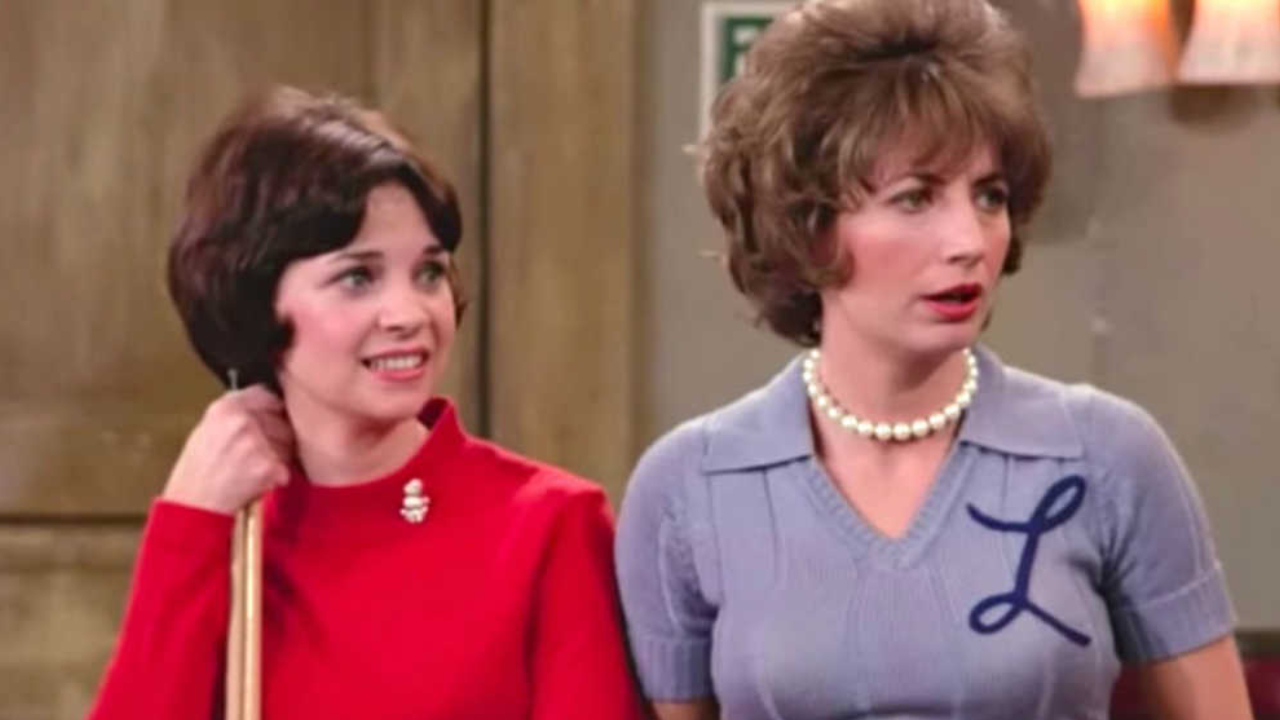
1977-1979: Laverne & Shirley
The show that wound up beating Happy Days for the Number One spot the following year was its own spin-off, Laverne & Shirley. Starring the late Penny Marshall and the late Cindy Williams as the titular roommates and coworkers, the sitcom actually managed to top the charts for two consecutive years with an average rating that was above 30.
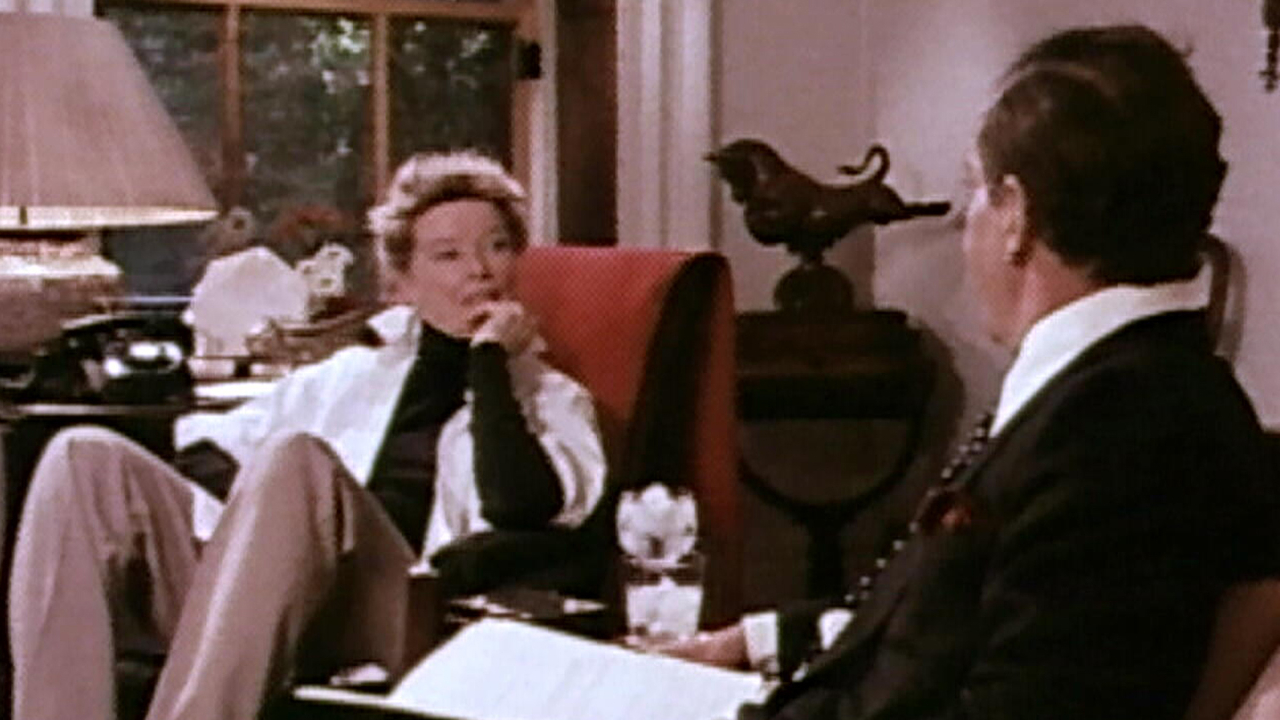
1979-1980: 60 Minutes
After more than 50 years since it debuted on CBS, 60 Minutes remains one of the most renowned and most-watched primetime news programs on television — especially when political scandals are involved, for instance. In fact, it had the honor of being called the most-watched program on television for a given season a good number of times, such as between 1979 and 1980 with a ratings average of 28.4.
CINEMABLEND NEWSLETTER
Your Daily Blend of Entertainment News
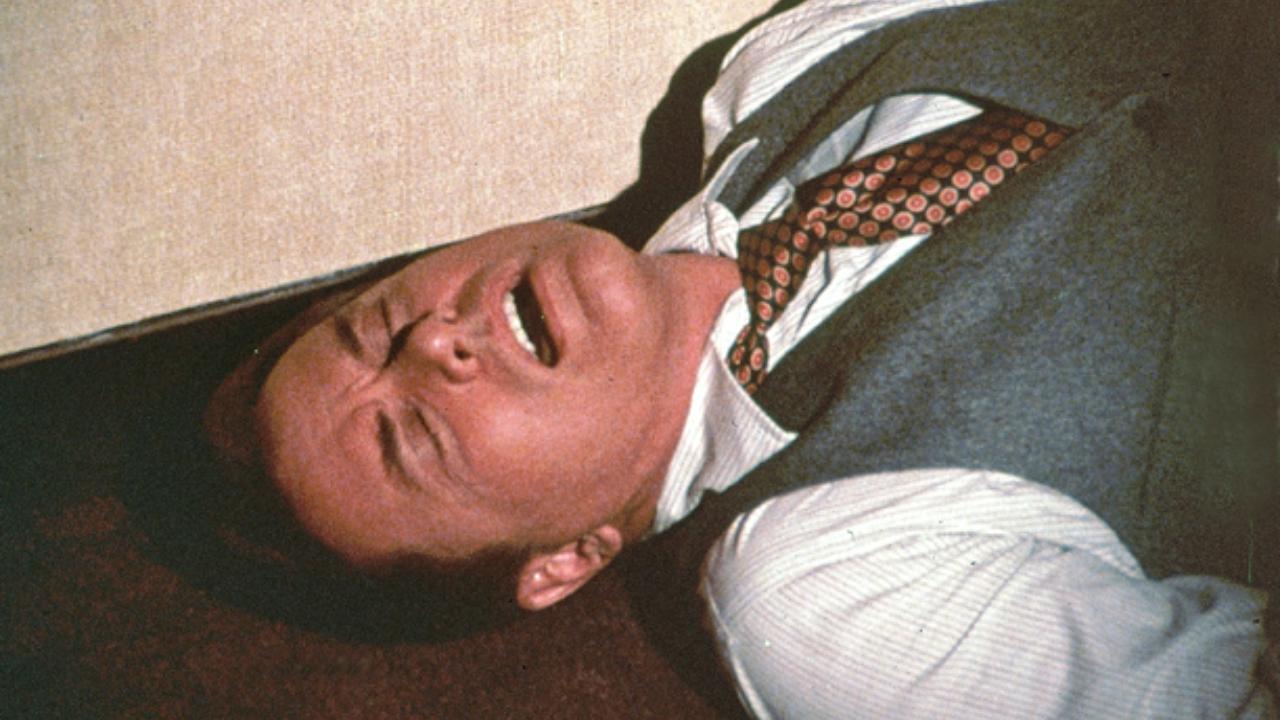
1980-1982: Dallas
After its Season 3 finale left viewers shocked by the mystery of who shot J.R. Ewing (Larry Hagman), Dallas earned the best ratings of its 14-season run upon its return, ending the 1980-1981 season with a 34.5 average. While America’s obsession with the primetime CBS soap about Texas oil barons — which was later revived for TNT — seemed to lessen a bit with the next season, earning just 28.4 million viewers, it was enough to result in a second consecutive win.
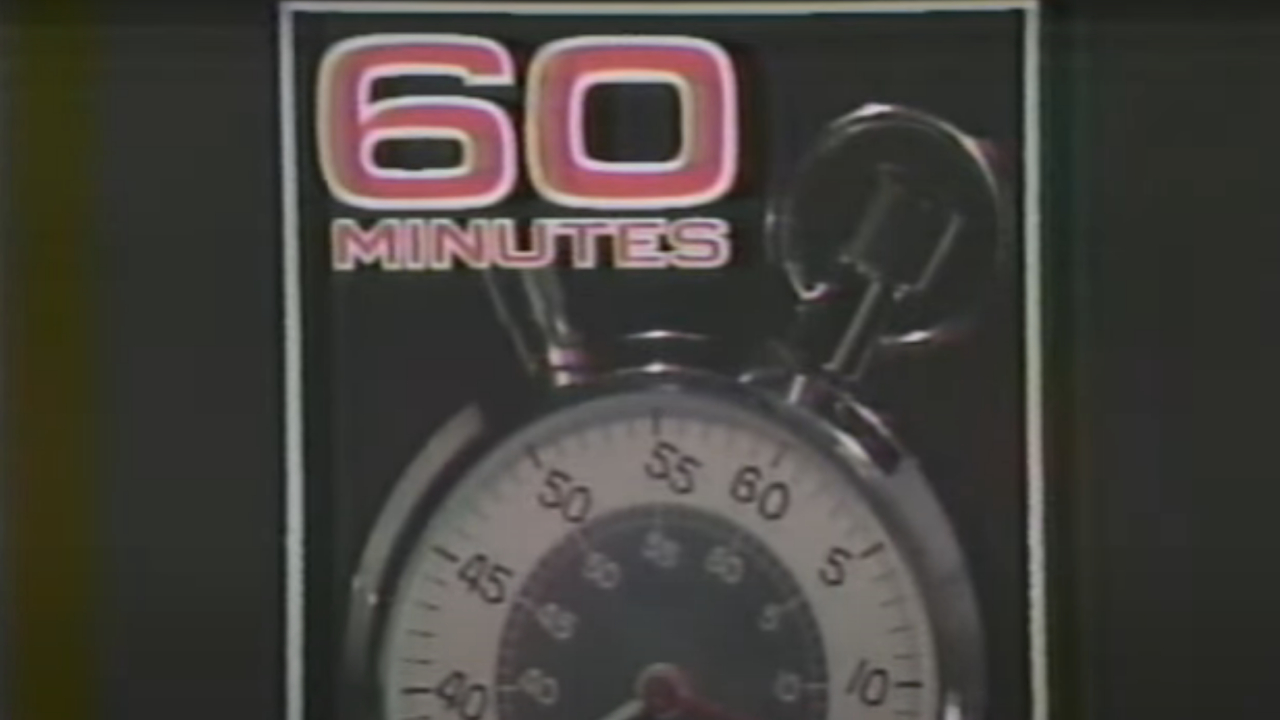
1982-1983: 60 Minutes
Dallas fever seemed to die down enough during the 1982-1983 season for 60 Minutes to come back on top, earning a 25.5 ratings average.
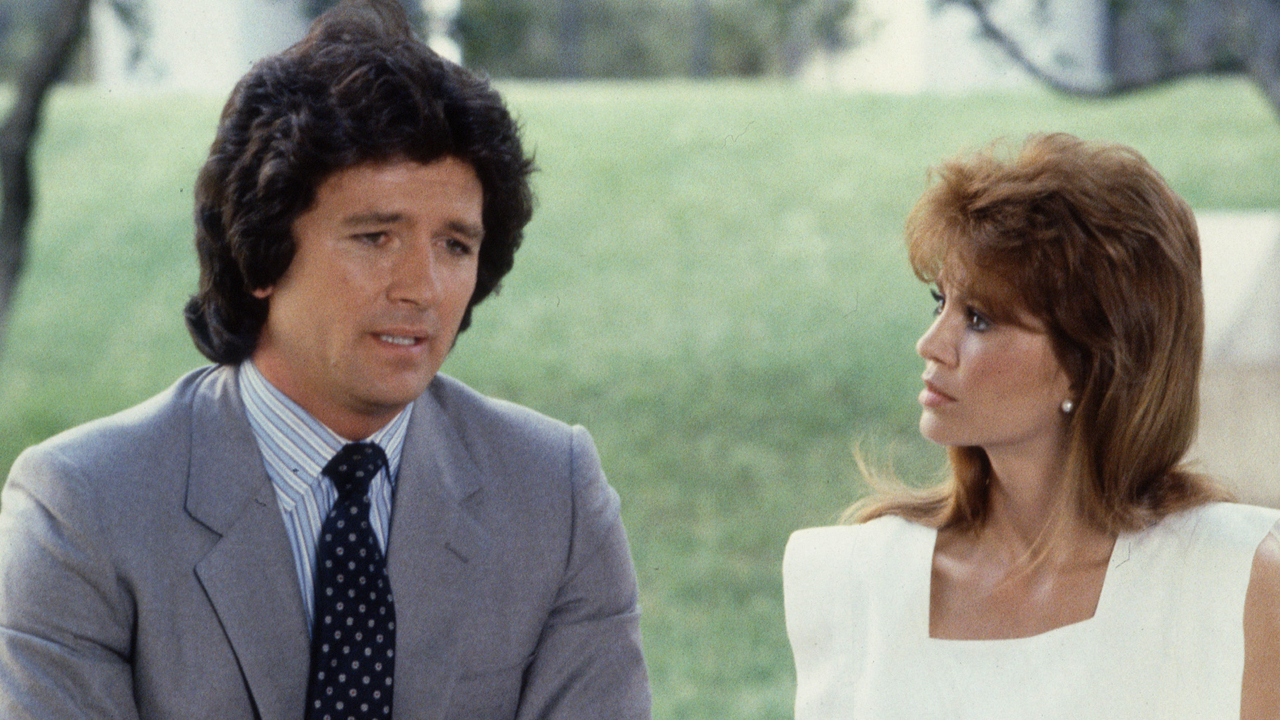
1983-1984: Dallas
Just a year after losing to 60 Minutes, Dallas was back on top once again, attracting an average rating of 25.7 in the 1983-1984 season.
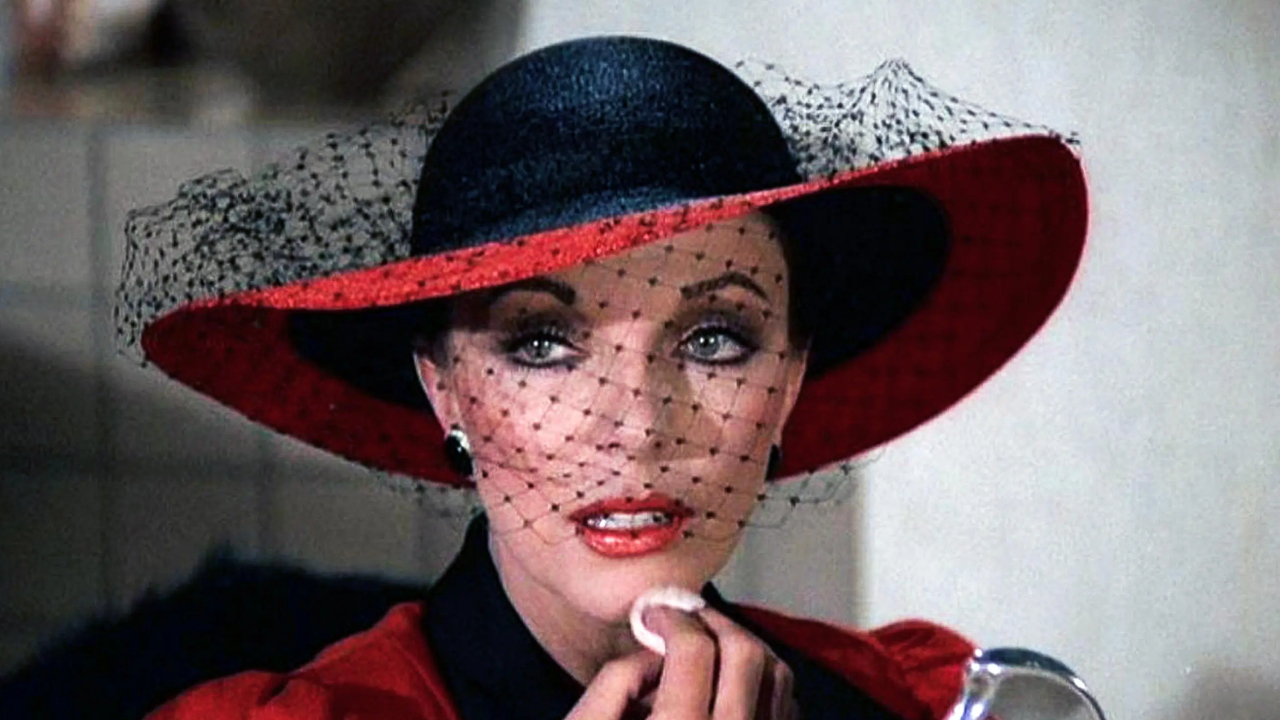
1984-1985: Dynasty
The series that beat Dallas in the ratings from 1984 to 1985 happened to be another primetime soap about morally bankrupt people who earned their wealth from oil. ABC’s Dynasty — which would also be revived for modern audiences by The CW — topped the charts with a ratings average of 25.
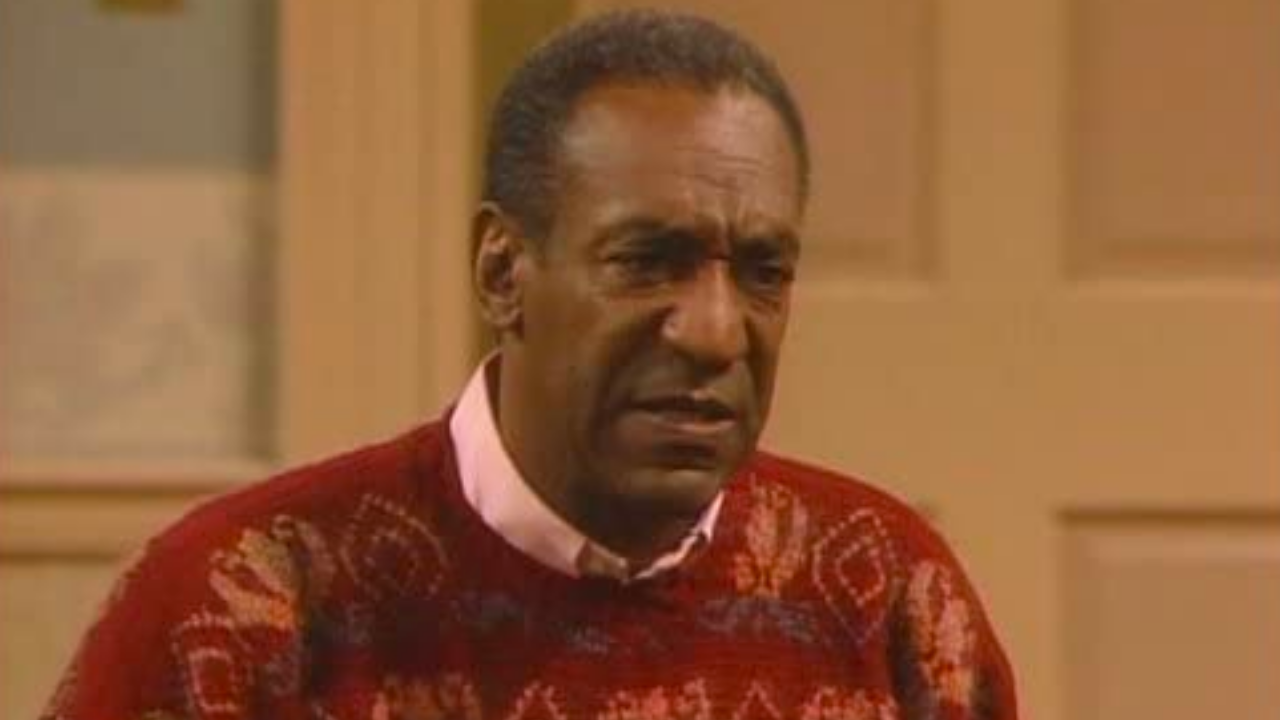
1985-1990: The Cosby Show
For an impressive consecutive five seasons, The Cosby Show was the Number One series on television, keeping an average viewership that ranged from 34.9 to 23.1. While it would, decades later, become one of several TV shows taken off the air amid a scandal (creator and star Bill Cosby’s sexual assault charges), the astonishing success of this sitcom focused on a Black American family made it a pop culture trailblazer.
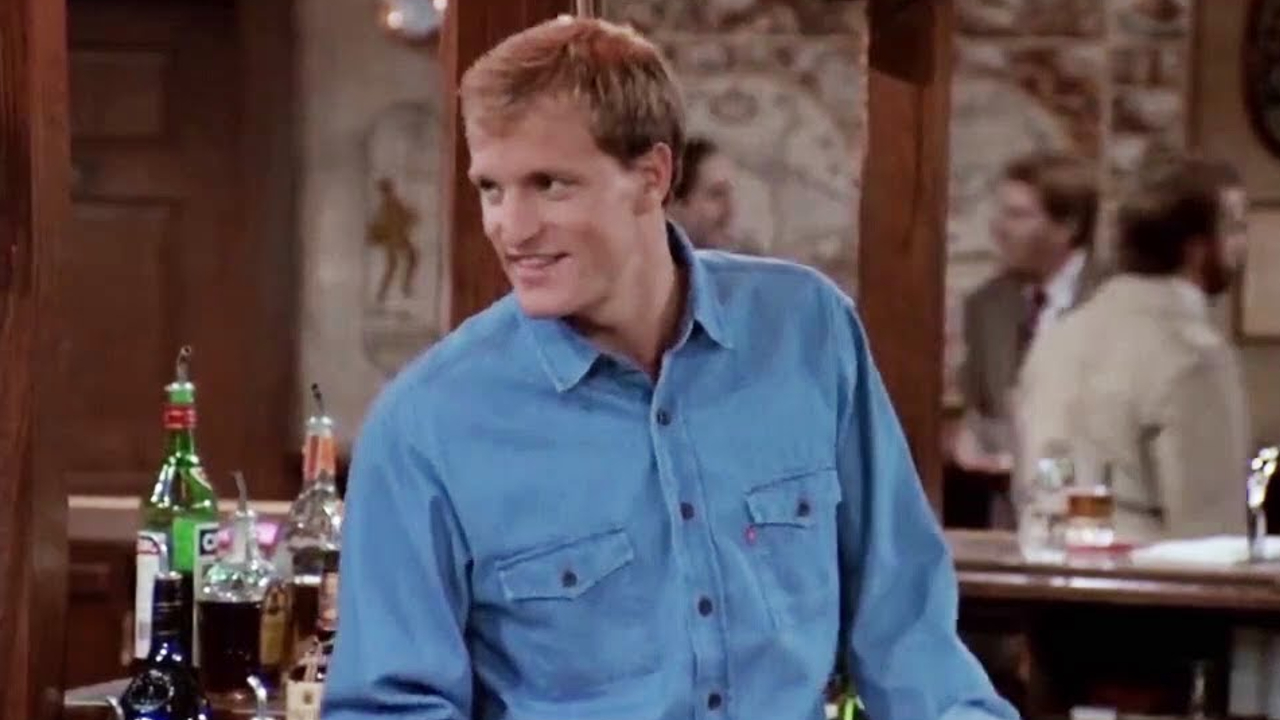
1990-1991: Cheers
One of the funniest TV shows on Hulu (and of all time) is Cheers, which celebrated its 200th episode during its ninth season. That would also be the year the sitcom (named after the Boston bar at which it is predominantly set) topped the ratings with a 21.3 average.
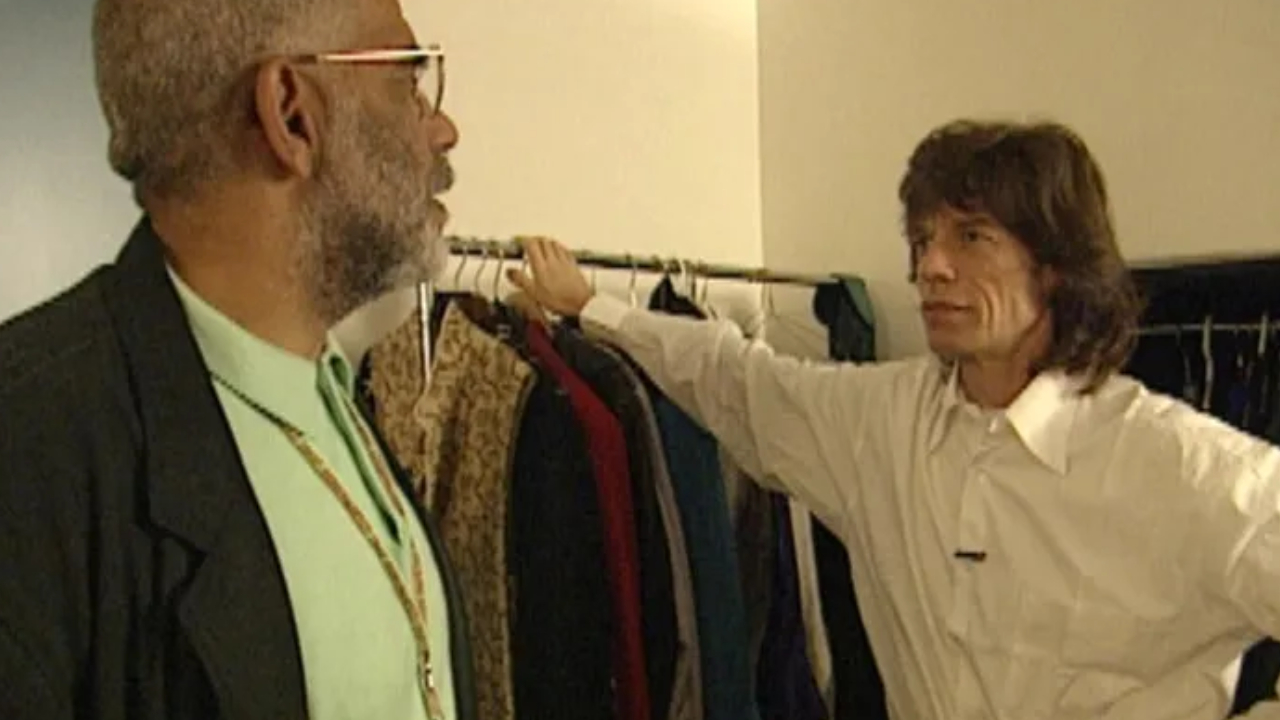
1991-1994: 60 Minutes
Beating out competition that included clever comedies and high-stakes dramas, 60 Minutes proved that knowledge is power by topping the charts for three consecutive seasons from 1991 to 1994, maintaining an average viewership of 21.9 to 20.9.
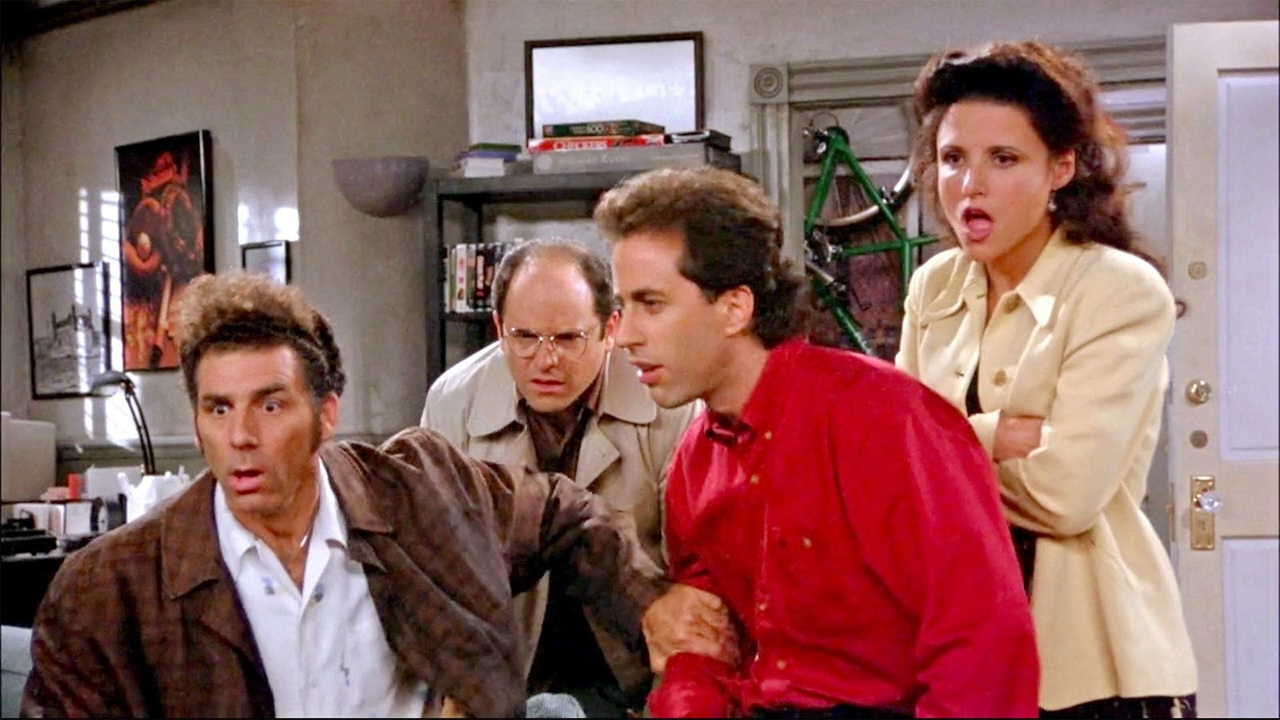
1994-1995: Seinfeld
One of the funniest, and simply greatest, TV shows of the 1990s was Seinfeld, which won the Emmy for Outstanding Comedy Series for its fourth and, arguably, best season. However, it was during its sixth season when creators Jerry Seinfeld and Larry David’s “show about nothing” hit Number One for the time with a rating of 20.6, on average.
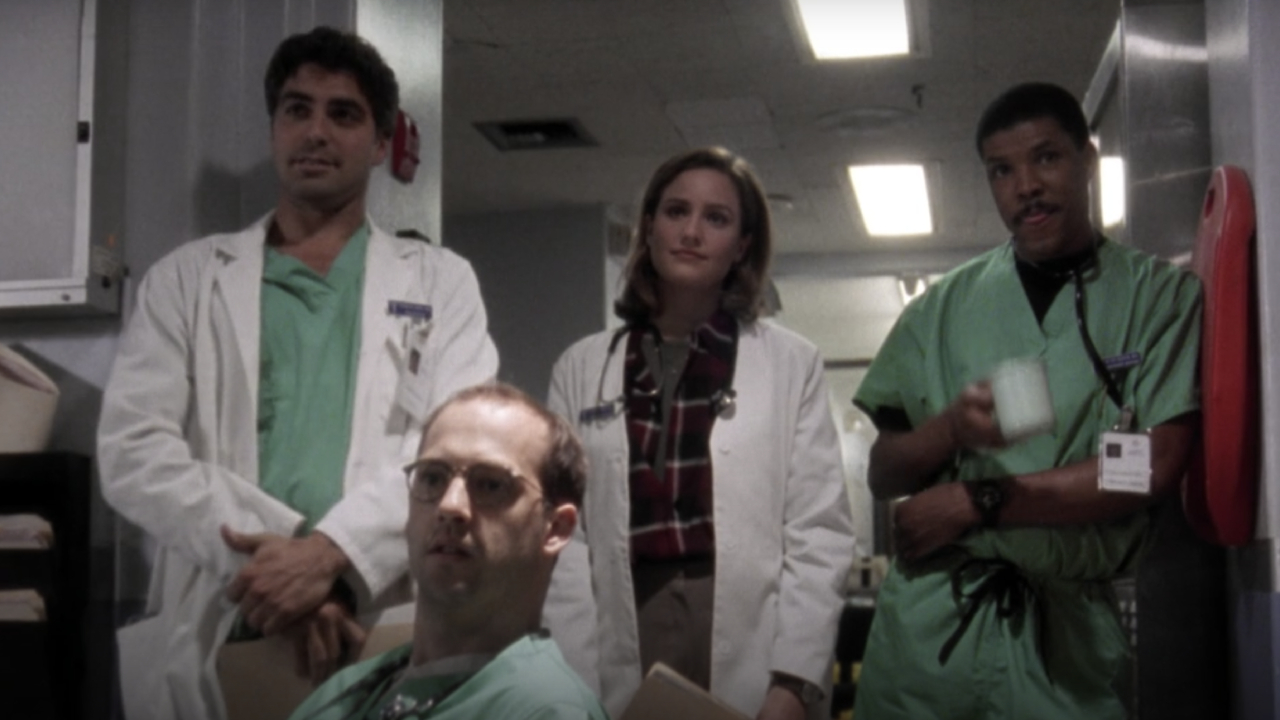
1995-1997: ER
There are many great medical dramas that proved to be massive hits over the years. However, what made NBC’s ER — which we would rather not see rebooted — special and kept it at Number One for two consecutive years (maintaining an average ratings range between 22.0 and 21.2) was its nearly unprecedented sense of realism.
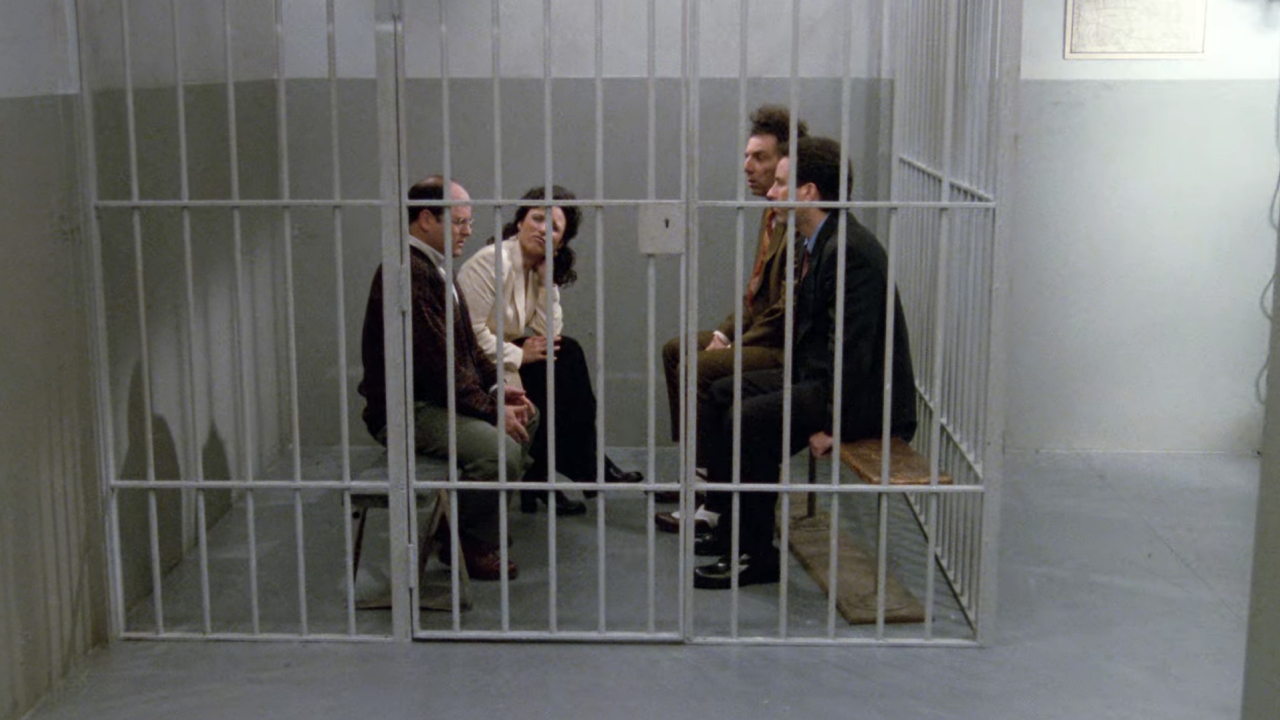
1997-1998: Seinfeld
Seinfeld would, once again, become “master of its domain” by topping the charts for its ninth and final season with an average rating of 34.1. However, many of those fans would end up being disappointed by the NBC comedy’s controversial series finale, in which our four main characters bump into some memorable characters when put on trial for a bizarre crime.
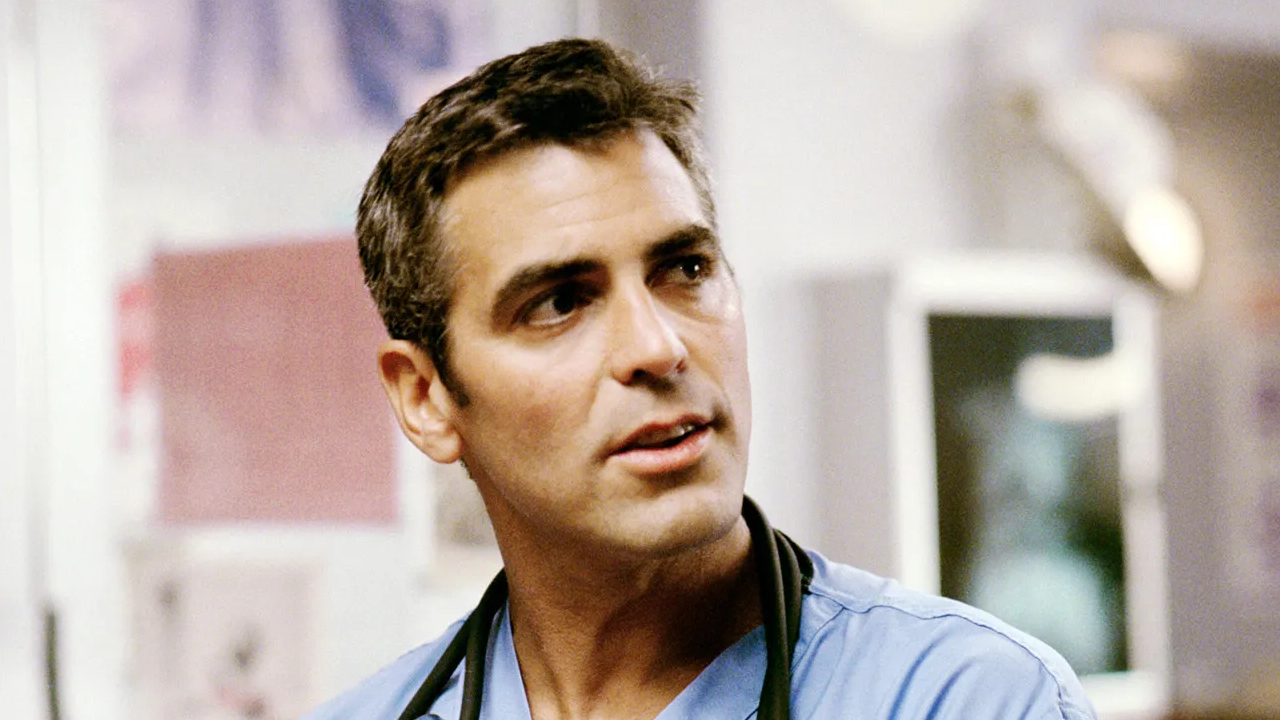
1998-1999: ER
Created by the late Michael Crichton, ER came back on top following Seinfeld’s final run. From 1998 to 1999, it achieved a healthy average of 17.8 in the ratings — many of which were likely tuning in to George Clooney as Dr. Doug Ross one last time before his departure.
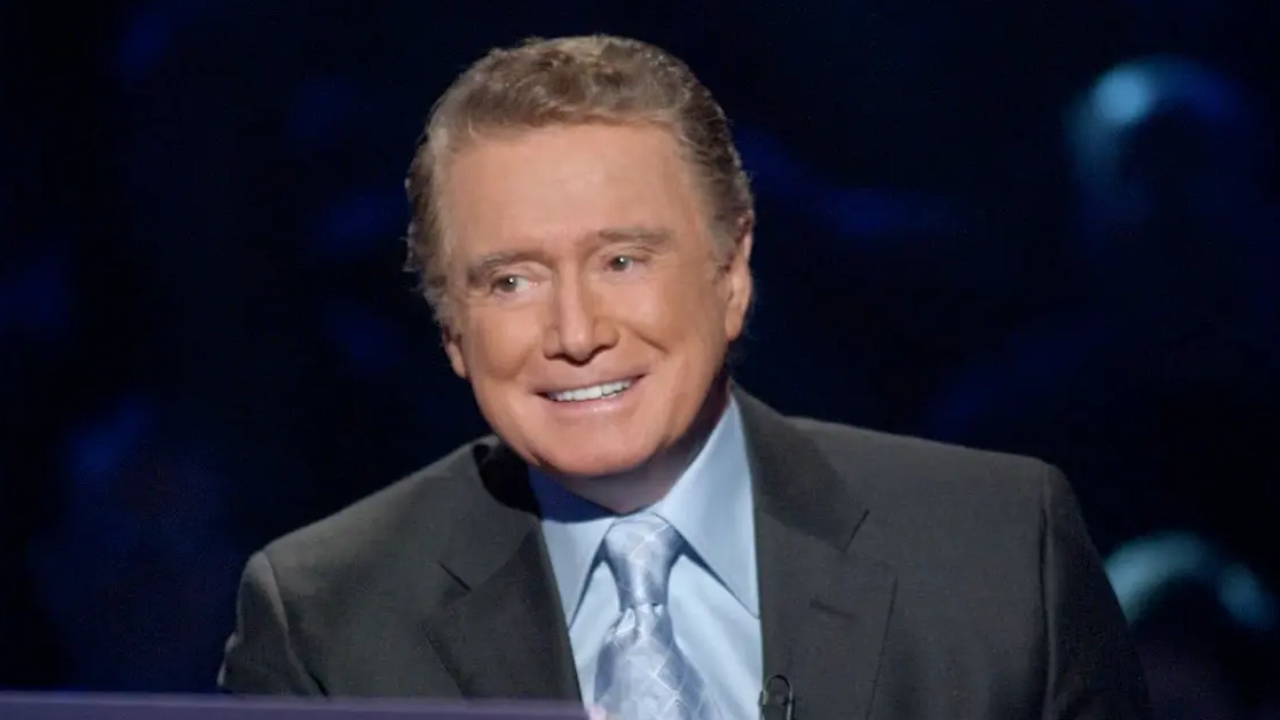
1999-2000: Who Wants To Be A Millionaire?
At the turn of the century, the ratings belonged to the late Regis Philbin and his American version of Who Wants to Be a Millionaire? Tuesdays were the most successful night for the game show, on which it achieved an average of 18.6 during its first run on ABC.

2000-2001: Survivor
One of the most influential and simply best reality shows of all time is Survivor, which debuted on CBS in the year 2000. Its first season was also one of its most successful, having survived at the top of the ratings with a 17.4 average.

2001-2002: Friends
These days, with a Max subscription, fans can revisit their favorite episodes of Friends whenever they want. However, in the days when viewers had to wait a week to see what happened next, a ratings average of 15 brought the NBC sitcom’s eighth season — the one where Rachel is pregnant — to Number One.

2002-2005: CSI
The dawn of CBS’s tenure as a leading network for procedural crime dramas, arguably, began when CSI launched its tenure as the Number One show on television. The Las Vegas-set, scientifically minded mystery drama maintained that position for three consecutive seasons, during it which it attracted a range of 15.9 to 16.5 in the ratings.

2005-2011: American Idol
It only took three years after its debut for one of TV’s most essential singing competition shows to become TV’s most-watched show, period. With an average rating ranging from 13.7 to 17.6, the pop culture juggernaut — which launched Kelly Clarkson’s career — remained on top from 2005 to 2011.
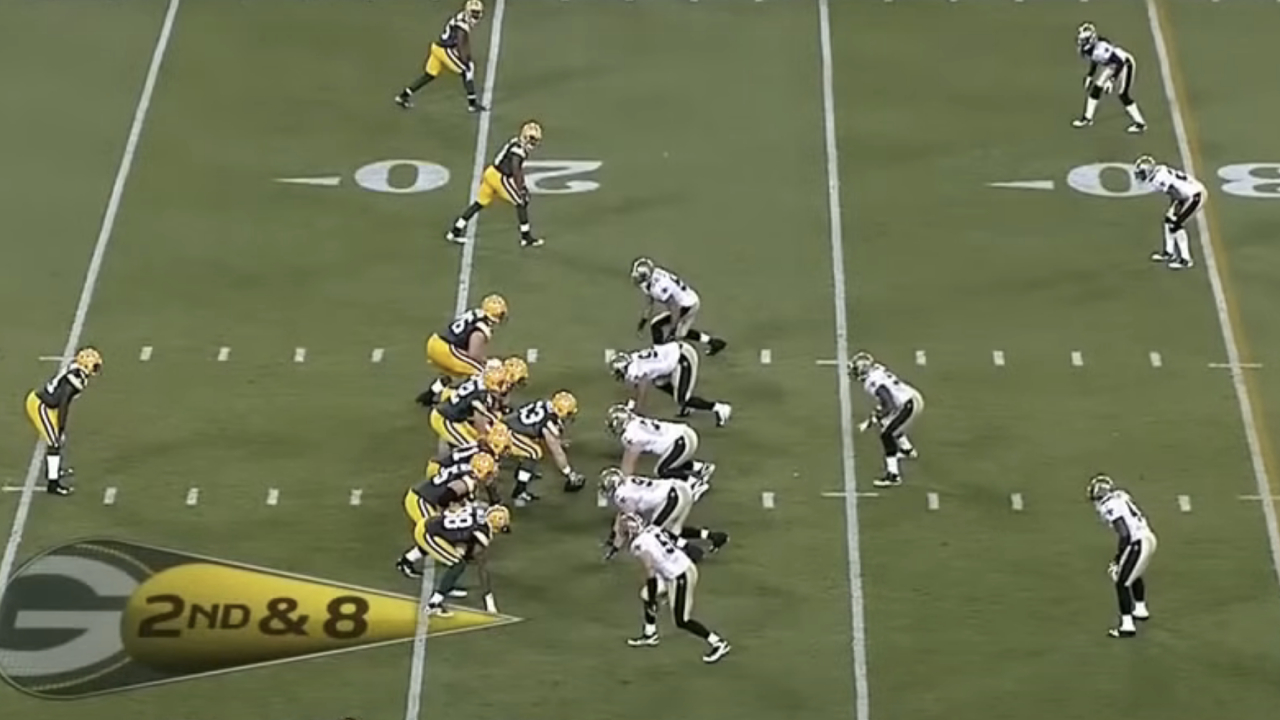
2011-2012: Sunday Night Football
An entirely different kind of competition became the first to dethrone American Idol in the 2011-2012 season. With a ratings average of 12.4, the new winner was NBC’s Sunday Night Football, which makes sense, because streaming began to take over around this time.
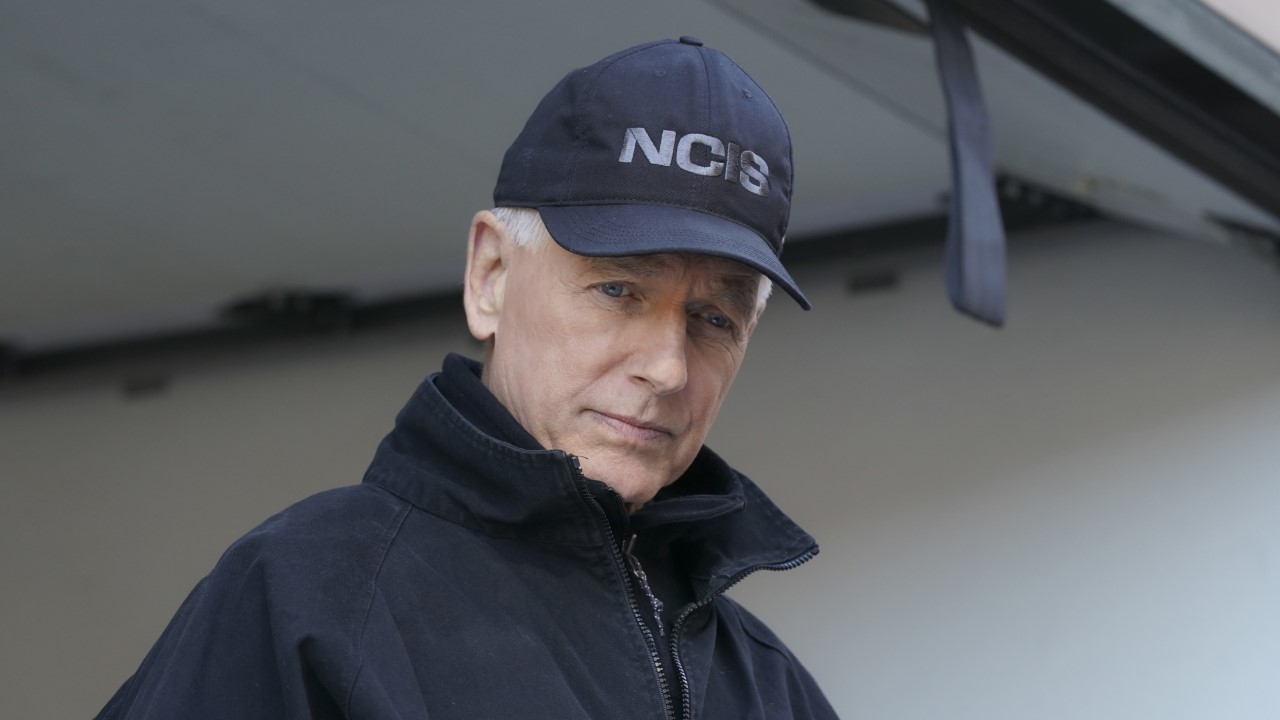
2012-2013: NCIS
Even amidst the dawn of streaming, CBS’ NCIS managed to prove that some people do prefer to watch their scripted series the traditional way. The crime procedural — which is 20 seasons in, so far — reached a 13.5 average.
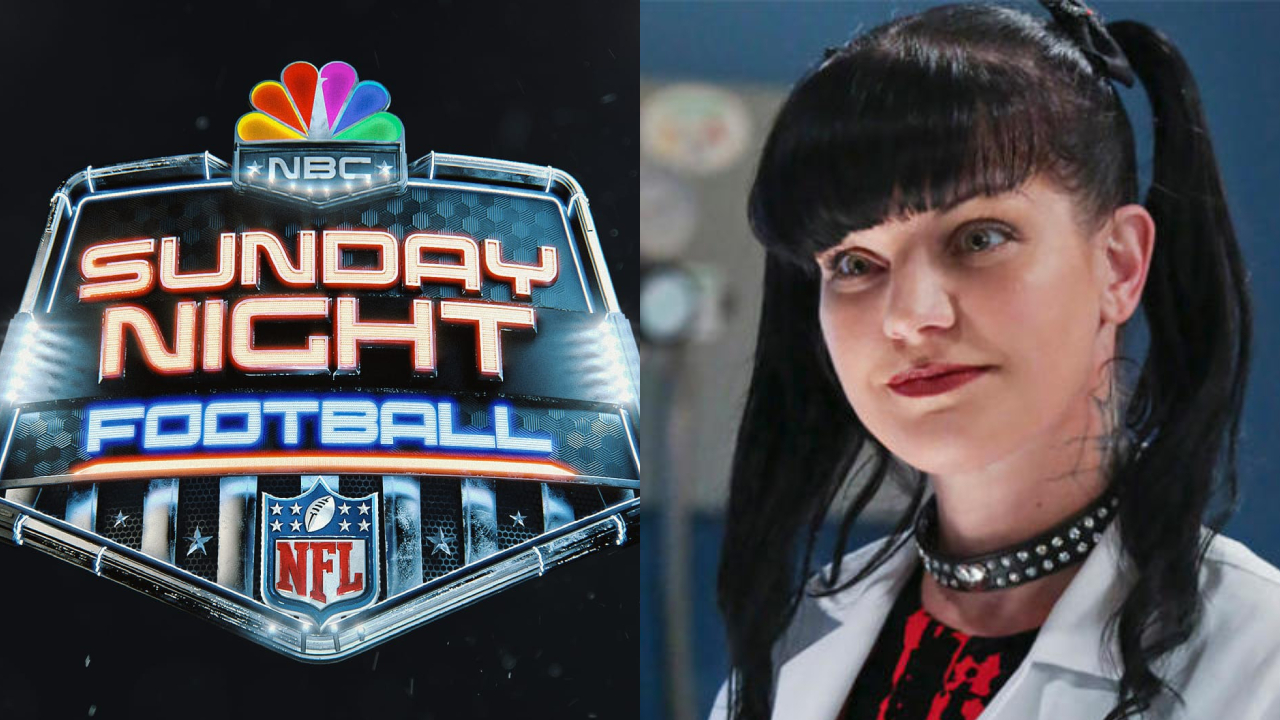
2013-2014: Sunday Night Football/NCIS
NCIS was still on fire in the 2013-2014 season, but its competition with Sunday Night Football was fierce. In the end, they both tied for Number One that year with a shared average of 12.6.

2014-2015: Sunday Night Football
The season following its tie with NCIS, Sunday Night Football scored another touchdown with a winning 12.3 average rating.
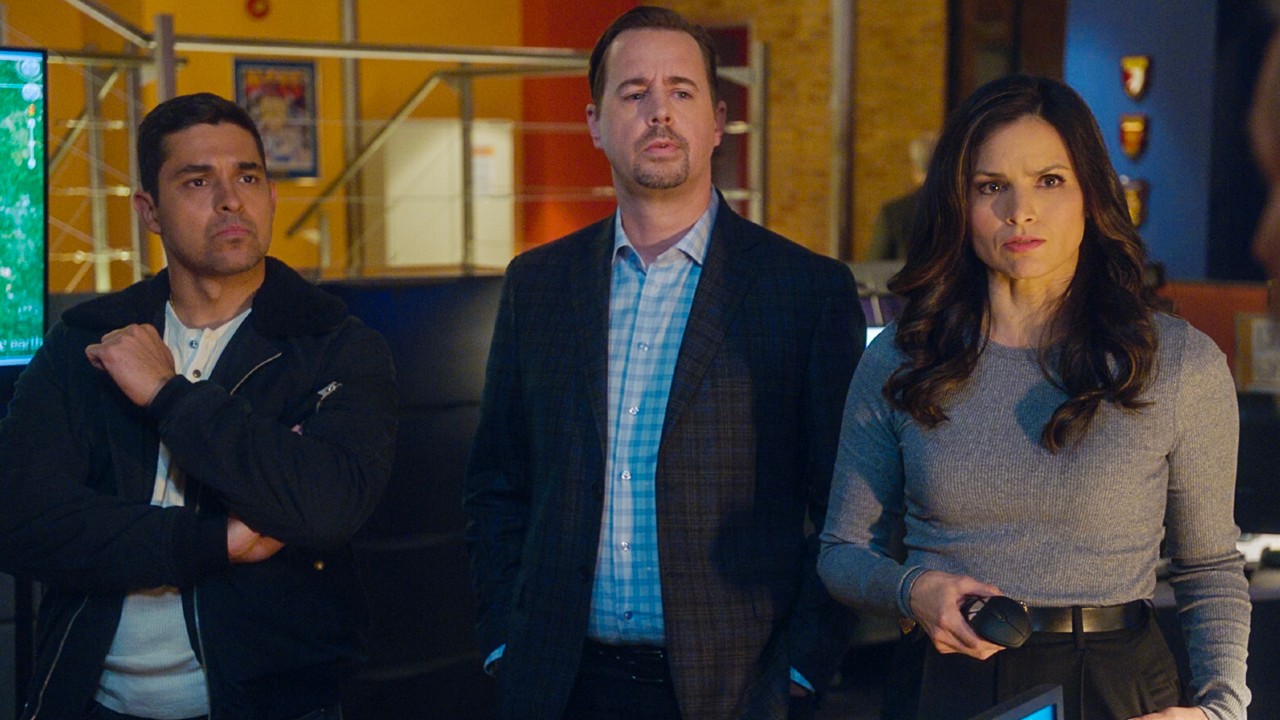
2015-2016: NCIS
NCIS wound up making a pretty solid comeback for its 13th season, during which it won over the ratings with a 12.8 average.
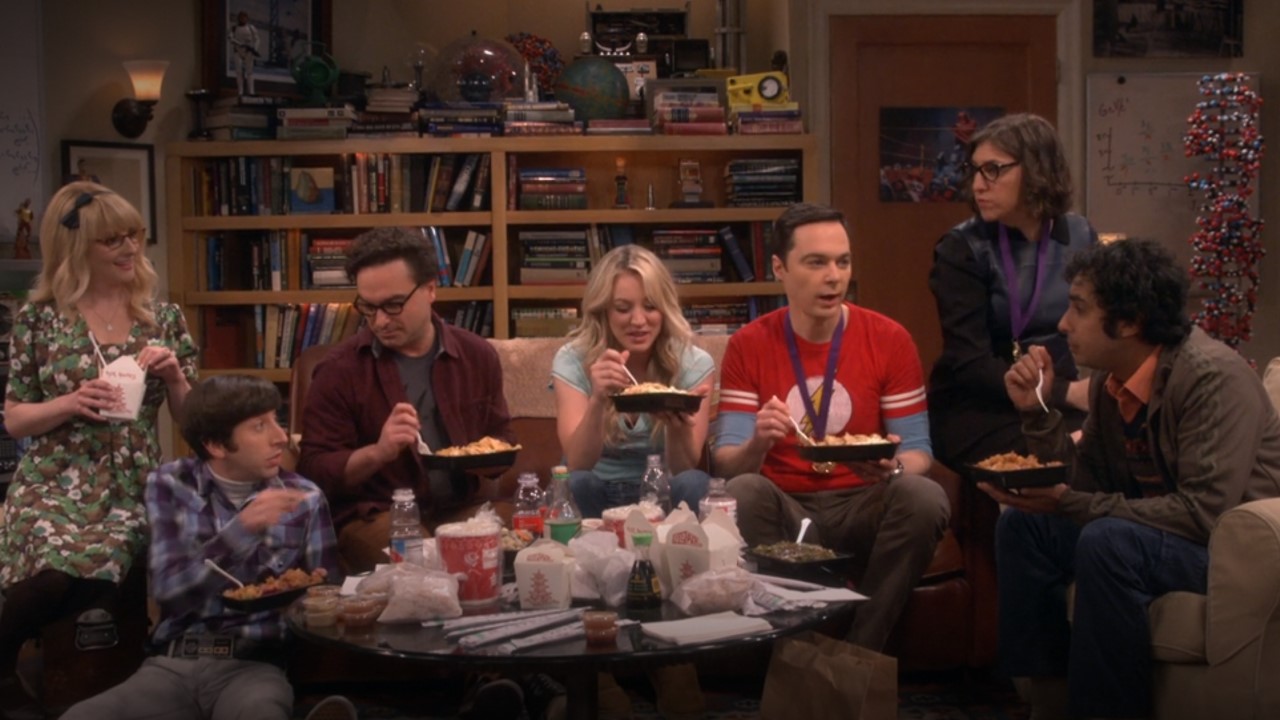
2016-2018: The Big Bang Theory
The Big Bang Theory cast reached the peak of their popularity for the series’ tenth and eleventh seasons. During that time, the CBS sitcom was on top with average ratings that ranged from 11.1 to 11.5.

2018-2023: Sunday Night Football
Sunday Night Football would eventually reclaim another winning streak that has yet to cease. For the last five years, its average ratings — ranging from 4.9 to 10.9 — has kept it at top the charts.
Funny how the most popular TV show for the last several years is not really a TV show in the traditional sense. Then again, that is not counting the astonishing success that we saw in those same years for Paramount Network’s Yellowstone, which is ending after Season 5.

Jason Wiese writes feature stories for CinemaBlend. His occupation results from years dreaming of a filmmaking career, settling on a "professional film fan" career, studying journalism at Lindenwood University in St. Charles, MO (where he served as Culture Editor for its student-run print and online publications), and a brief stint of reviewing movies for fun. He would later continue that side-hustle of film criticism on TikTok (@wiesewisdom), where he posts videos on a semi-weekly basis. Look for his name in almost any article about Batman.

